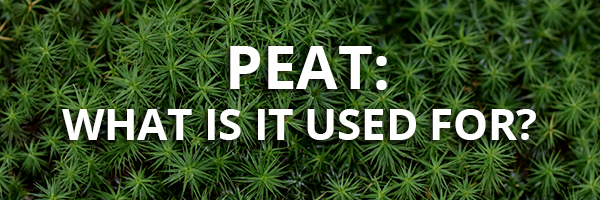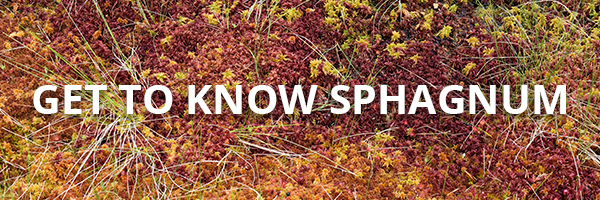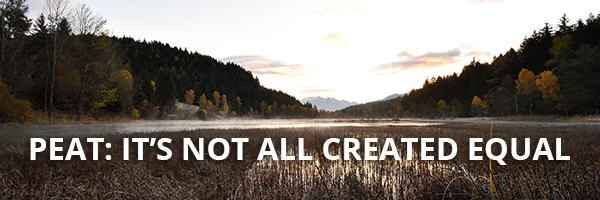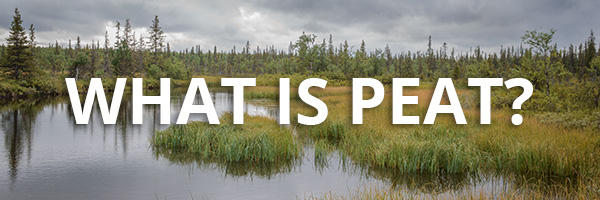Posted on February 20, 2023 by Peggy Wallgren Jones

Peat is partially decomposed plant matter that has accumulated in low-lying depressions. When extracted from the ground surface, peat is valuable for uses such as microbial carriers, water treatment media, soil amendments and turfgrass soil mixes. Most operators who extract peat use the term “harvest” to refer to their activities. At first glance, that may… Read more »
Posted on November 17, 2022 by Peggy Wallgren Jones

For centuries, people have recognized the value of peat. Both Sphagnum and reed-sedge peat can be used to create landscapes, materials and products for the benefit of humans. There is evidence in the historical record that humans have been using and benefitting from peat and peatlands for centuries. Perhaps the most known historical use of… Read more »
Posted on September 26, 2022 by Peggy Wallgren Jones

The Sphagnum genus is made up of hundreds of species of low-growing mosses. Even though most people don’t know the term Sphagnum, the image of Sphagnum moss calls to mind the hummocky, wet ecosystem of bogs and swamps. Although Sphagnum can be found across the globe, it is most often associated with the boreal peatlands… Read more »
Posted on August 10, 2022 by Peggy Wallgren Jones

Peat seems to be one of those terms like “plastic.” We use it as a catch-all, whether we’re talking about polyethylene terephthalate in our soda bottle or polyvinyli3dene chloride in our cling wrap. Just as those types of plastic have different forms and functions, the term “peat” can also be described more specifically depending on… Read more »
Posted on June 24, 2022 by Peggy Wallgren Jones

The Story of Peat Accumulation Begins with a Single Plant. What is peat? How is peat formed? Why is peat suddenly getting a whole lot of media attention? To answer these pressing peat-focused questions, APT VP of Sales and Research, Peggy Wallgren Jones, has taken to the blogosphere. Peat is partially decomposed plant matter that… Read more »





